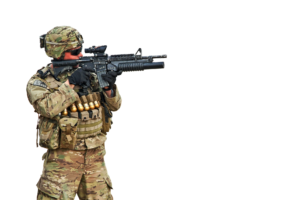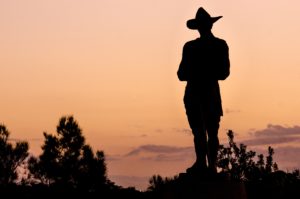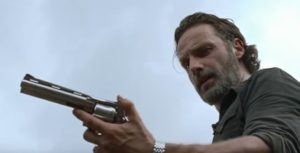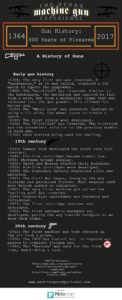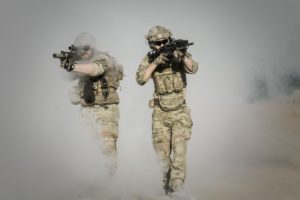Special Weapons and Tactics, or SWAT, is a law enforcement squad that handles dangerous situations normal police officers cannot. Just like the name states, SWAT teams handle more advanced and deadly weaponry and are tactically similar to the military. SWAT teams are generally used in situations like drug busts or rescue missions. History of SWAT The 1960s were a time of heavy, violent criminal activity and political conflicts. The standard police force just wasn’t cutting it anymore. That’s when they started developing a more militarized team for when things got dicey. The first implementation of SWAT was in the mid-1960s. The Los Angeles Police Department was having trouble with riots. Due to the harsh political climate, the riots were only getting worse. The incident that initiated the SWAT team’s first appearance was the Watts riot, or Watts Rebellion, an incident that ended the lives of 34 LA citizens and caused $40 million in damage. Squads of heavily armored, specially trained police officers entered the flooded streets of people and began, aggressively, restoring order. Over time, SWAT teams became a national trend as most cities in the United States started developing their own SWAT forces. Since the 1980s, the United States has been involved in “The War on Drugs,” a mass event of increased trafficking, violence, and drug usage all across the American continents. SWAT Tactics Since riots and violent drug busts aren’t daily occurrences, SWAT teams are integrated into regular police activity but remain on active duty in the event of something extreme. Basically, not every officer is SWAT, but every SWAT member is an officer. SWAT teams undergo military combat and tactical training. They are also equipped with heavy armor and assault weapons normal officers and civilians don’t have access to. It’s this training and weapon certification that makes
Special Weapons and Tactics, or SWAT, is a law enforcement squad that handles dangerous situations normal police officers cannot. Just like the name states, SWAT teams handle more advanced and deadly weaponry and are tactically similar to the military. SWAT teams are generally used in situations like drug busts or rescue missions.
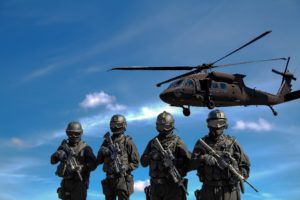
History of SWAT
The 1960s were a time of heavy, violent criminal activity and political conflicts. The standard police force just wasn’t cutting it anymore. That’s when they started developing a more militarized team for when things got dicey.
The first implementation of SWAT was in the mid-1960s. The Los Angeles Police Department was having trouble with riots. Due to the harsh political climate, the riots were only getting worse. The incident that initiated the SWAT team’s first appearance was the Watts riot, or Watts Rebellion, an incident that ended the lives of 34 LA citizens and caused $40 million in damage.
Squads of heavily armored, specially trained police officers entered the flooded streets of people and began, aggressively, restoring order. Over time, SWAT teams became a national trend as most cities in the United States started developing their own SWAT forces.
Since the 1980s, the United States has been involved in “The War on Drugs,” a mass event of increased trafficking, violence, and drug usage all across the American continents.
SWAT Tactics
Since riots and violent drug busts aren’t daily occurrences, SWAT teams are integrated into regular police activity but remain on active duty in the event of something extreme. Basically, not every officer is SWAT, but every SWAT member is an officer.
SWAT teams undergo military combat and tactical training. They are also equipped with heavy armor and assault weapons normal officers and civilians don’t have access to. It’s this training and weapon certification that makes them a powerful force. You’ll often see during riots where SWAT teams toss smoke bombs and tear gas to break up crowds. They also have large bulletproof body shields called “riot shields.”
SWAT Training
There are two different classes for SWAT training: basic and advanced. During basic, SWAT candidates will undergo a four-day basic training. This training is similar to military training in that it focuses on different combat and other tactics such as building searches, assaults and hostage rescue.
The advanced training focuses mostly on weapon training, using rifles and sub machine guns. Candidates learn important marksmanship traits like moving and shooting. They also delve deeper into hostage rescue.
To get a taste of what it takes to be a member of SWAT, we have a basic weapons course, you and your friends can try out. Of course, you’re not going to be rescuing any hostages or breaking up riots, but you will get to try out an arsenal of SWAT weapons from the Glock 17 to a 12 Gauge Pump Shotgun! Check out some of our other packages we provide and sign up for your experience today!



